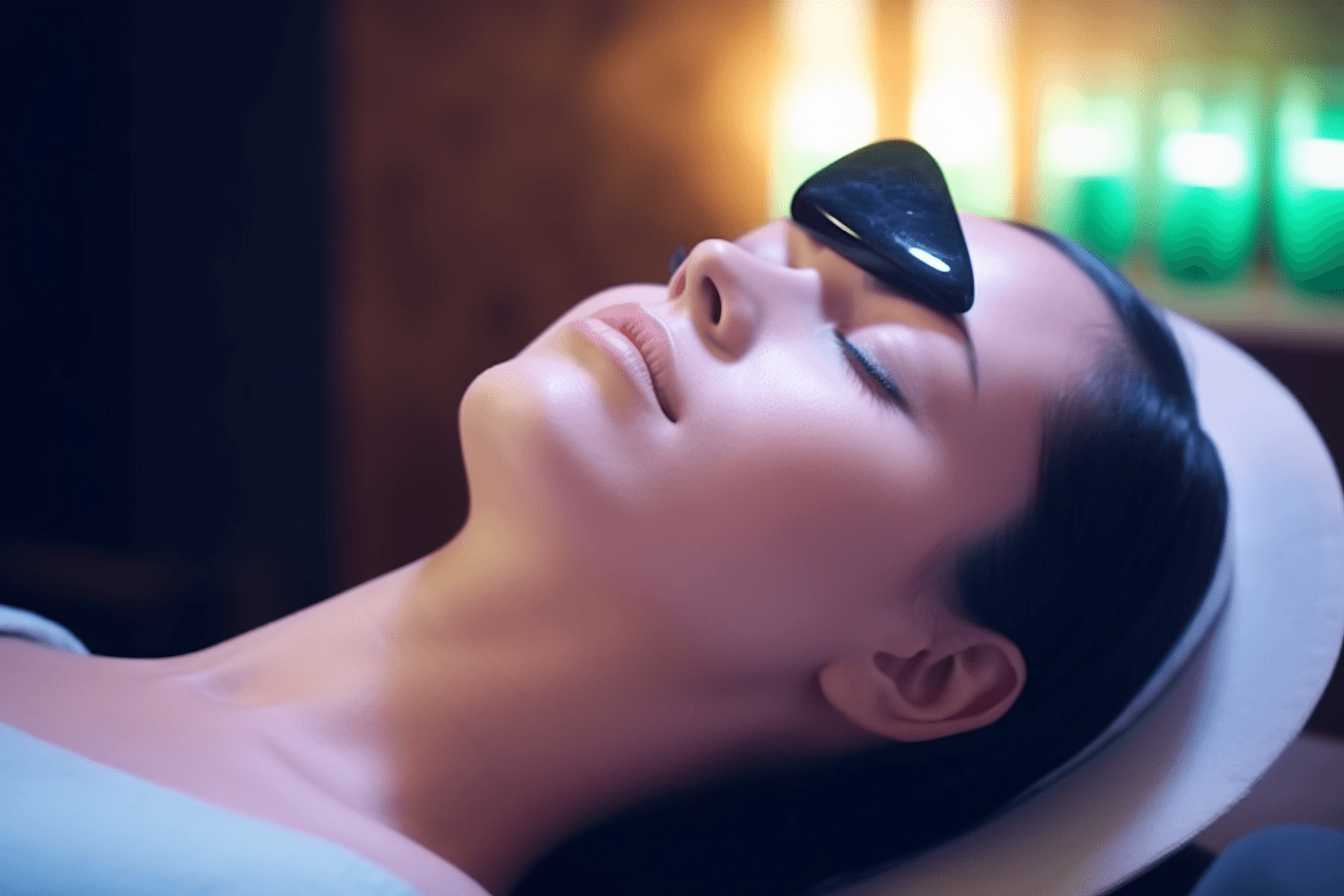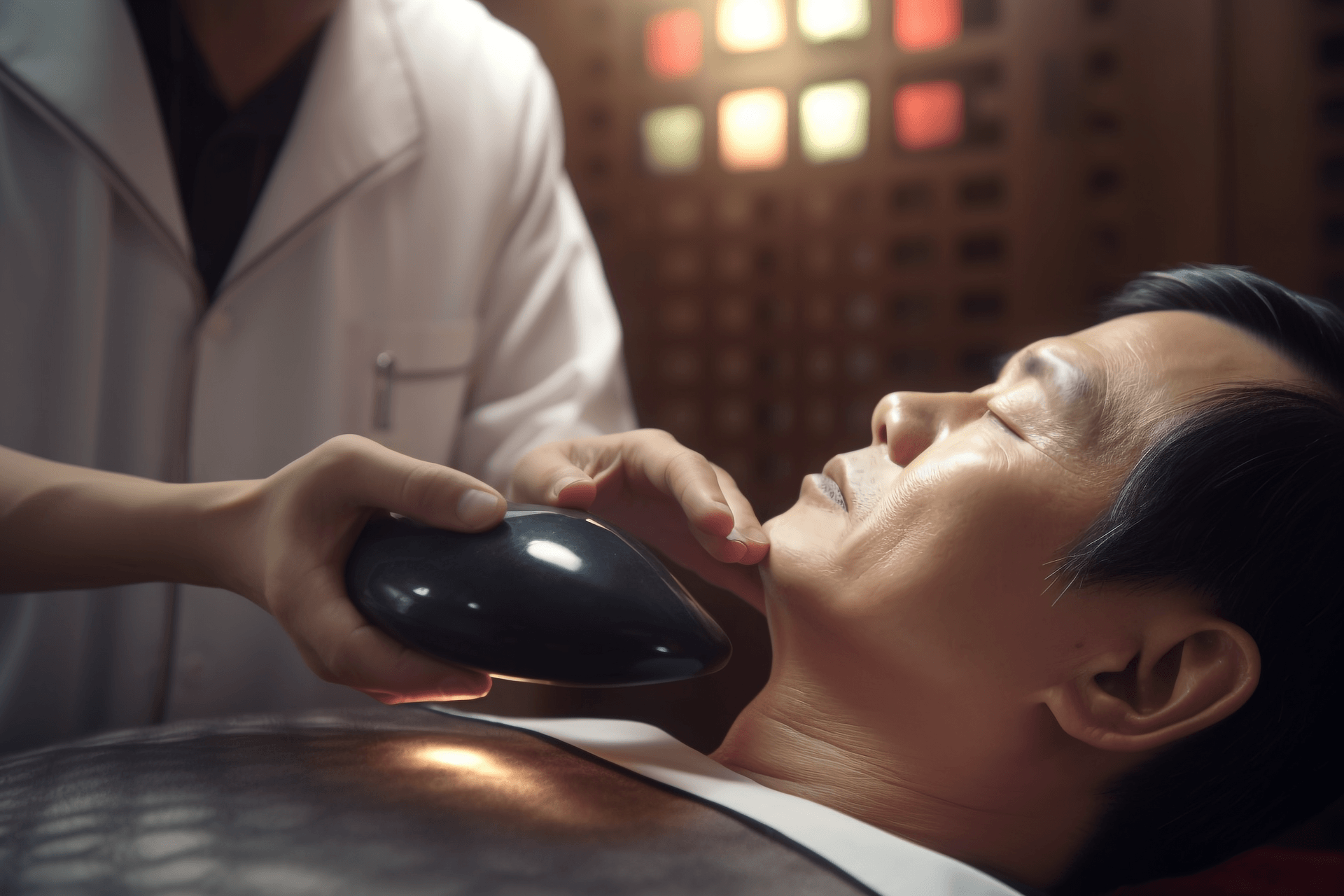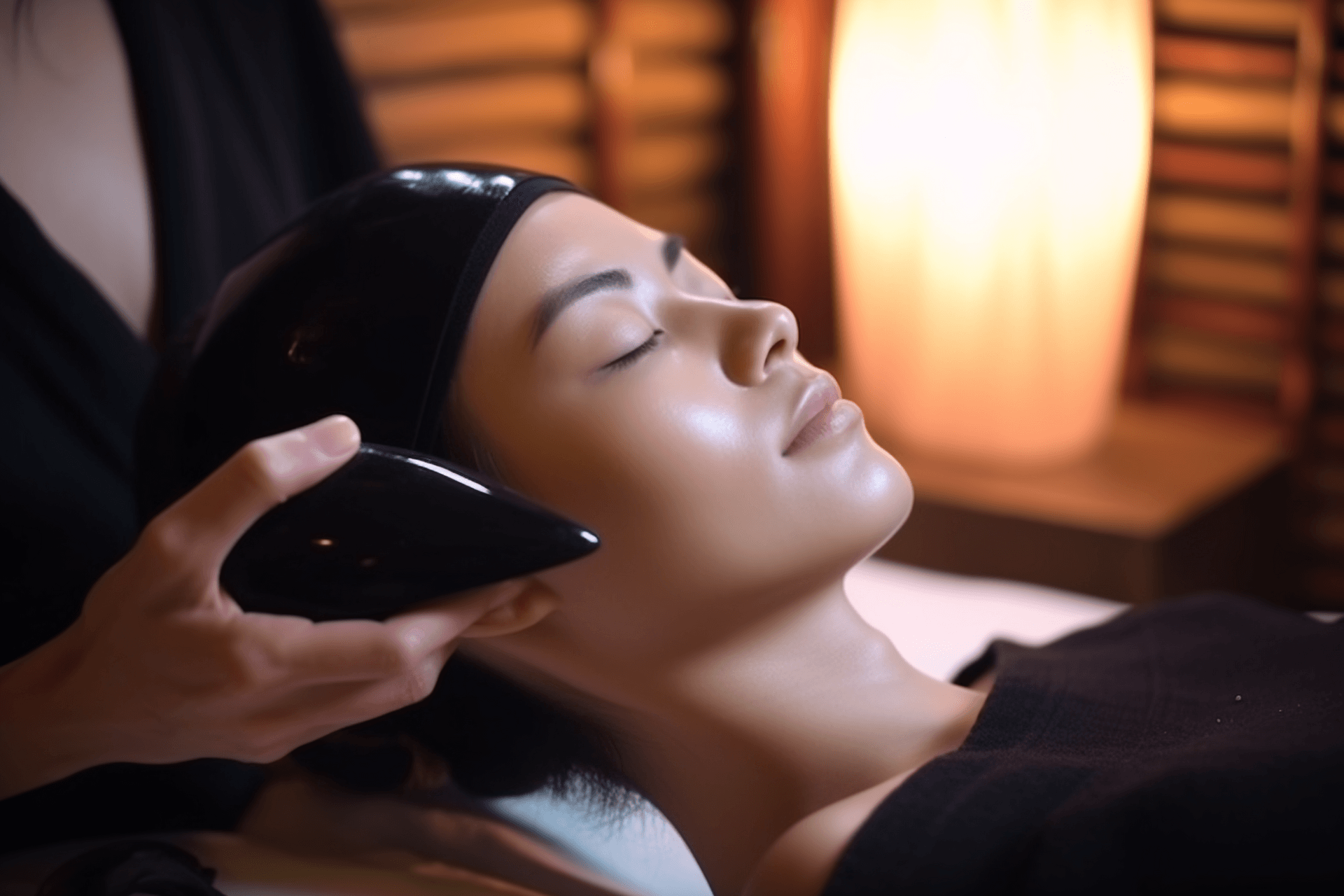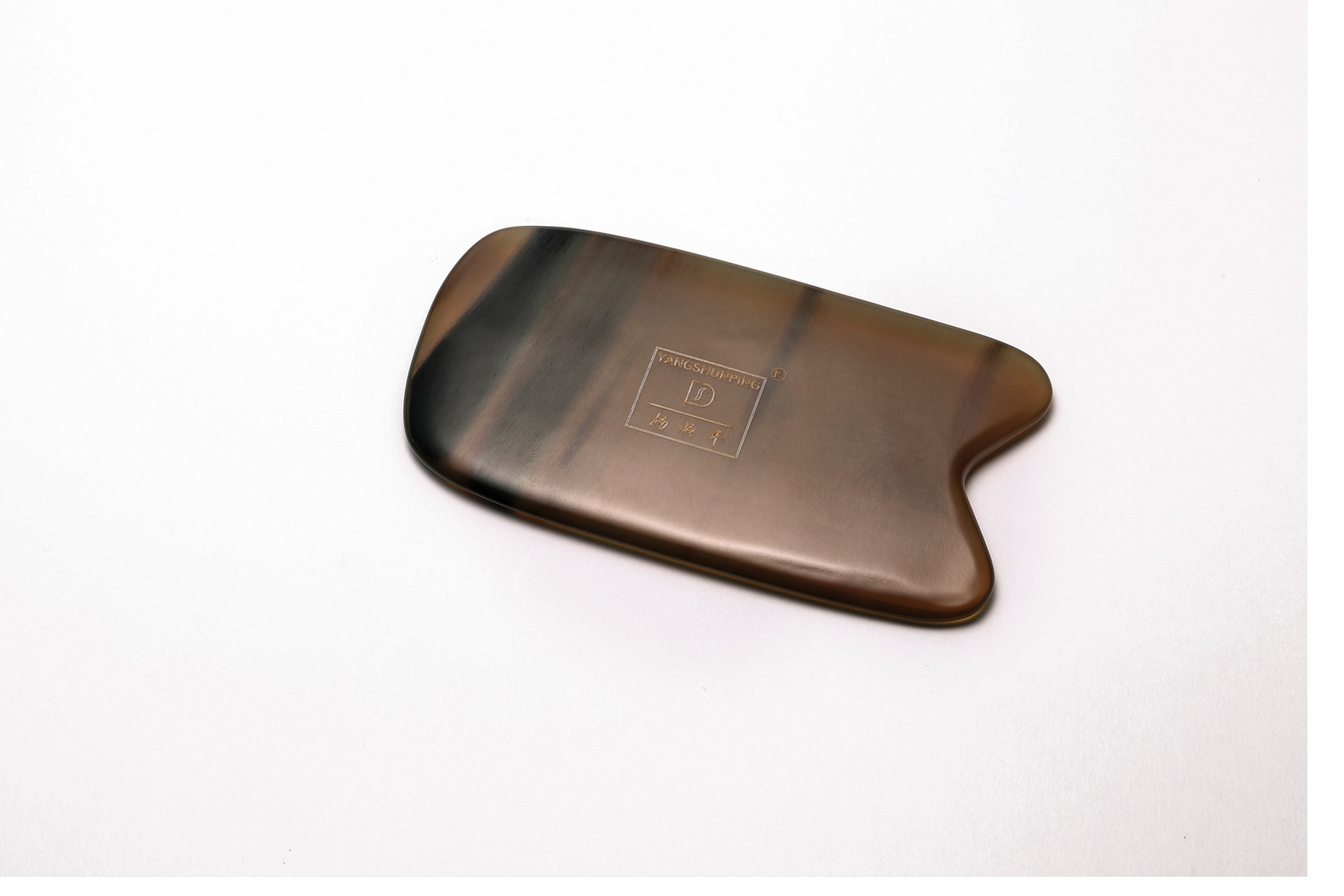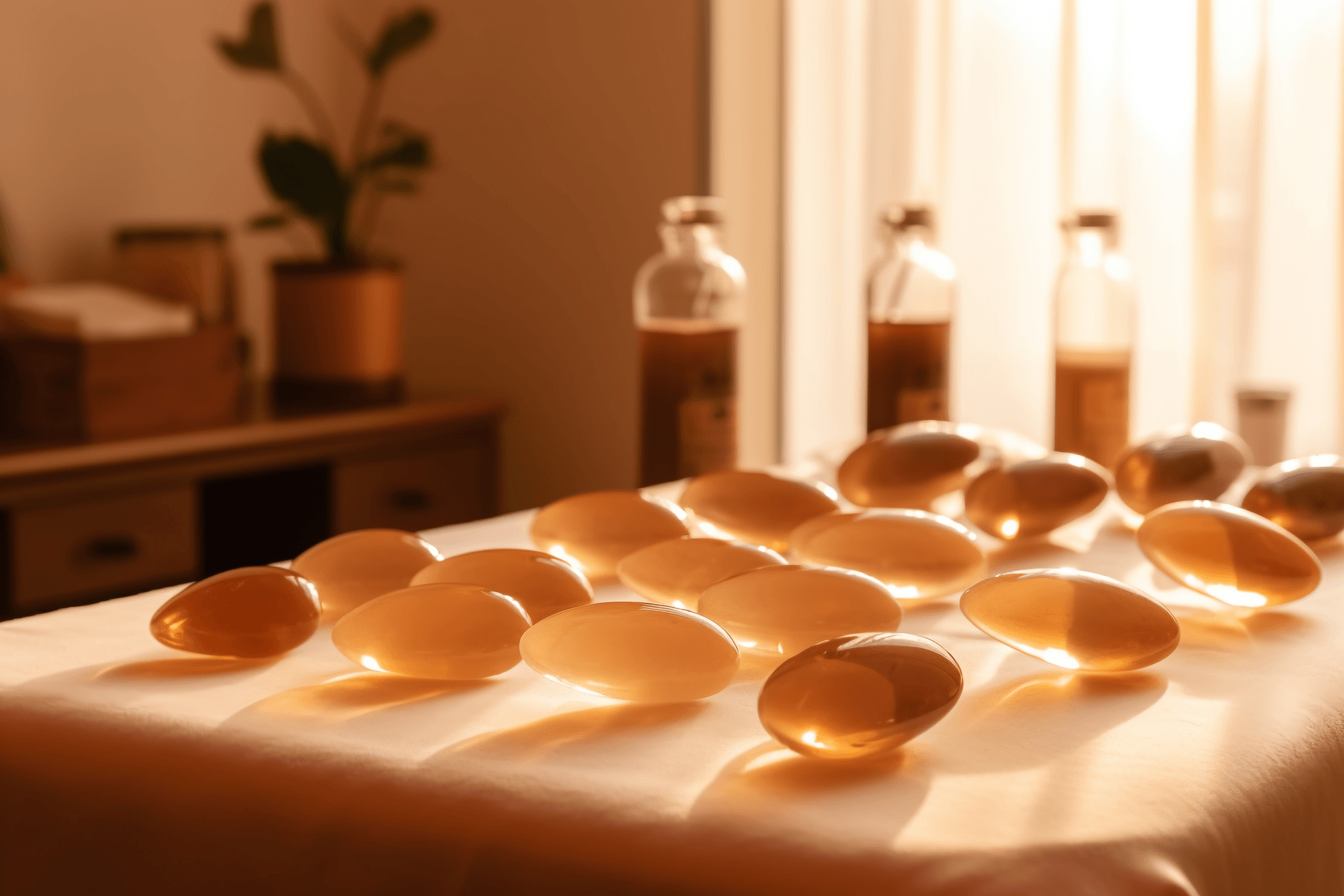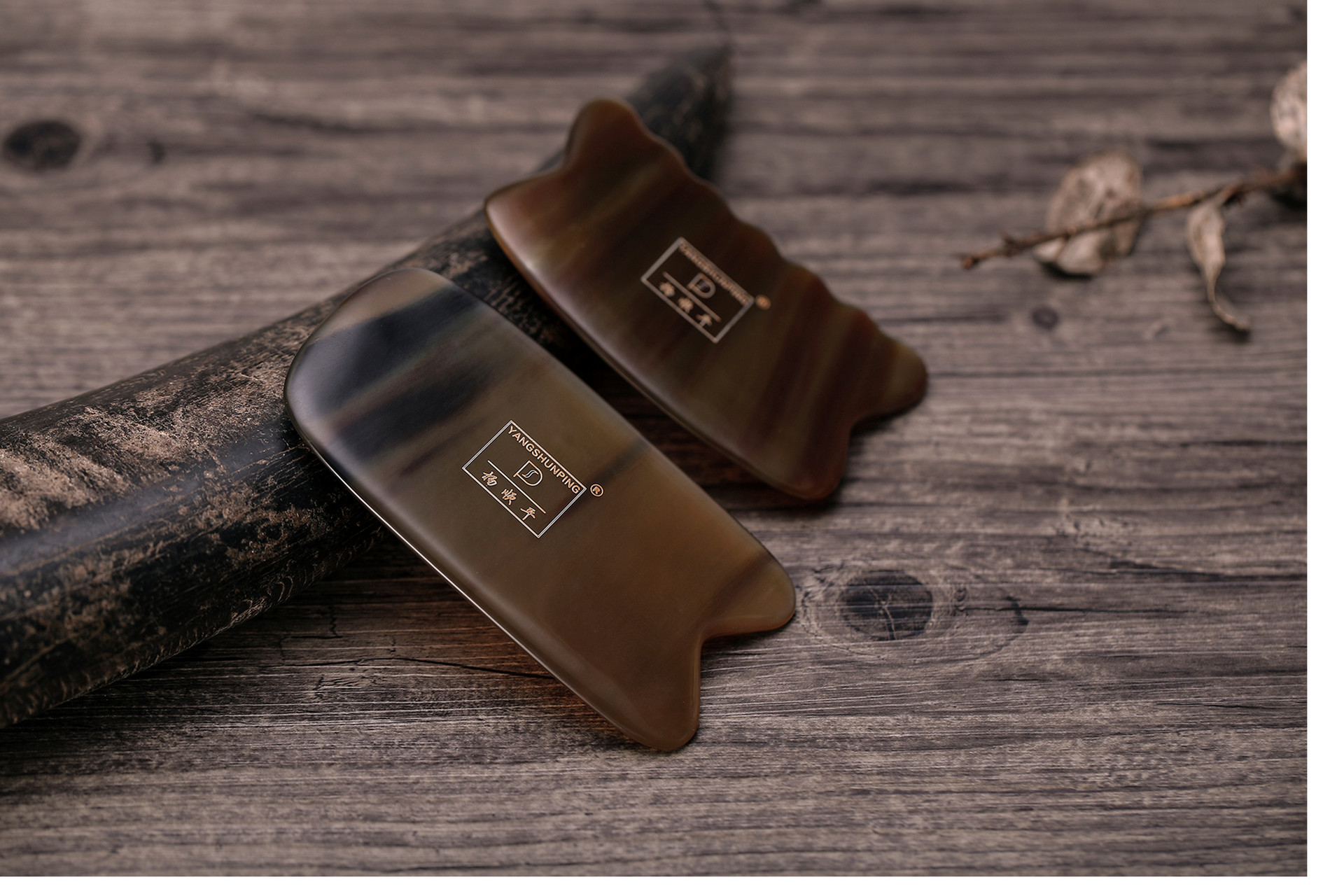Today, with the increasing emphasis on health concepts, traditional Chinese medicine health care is gaining more and more recognition. Practices like moxibustion, cupping therapy, and acupressure are widely appreciated. However, when it comes to another traditional Chinese health care method—gua sha, many people have mixed feelings. They love it because it's effective, but hate it because it can be too painful.
Gua sha, as a traditional method of health care, is relatively simple. It requires minimal tools, typically just a gua sha board. In the past, when gua sha boards were not widely available, ancient people even used a copper coin dipped in burning white wine for scraping on the back.
However, it's essential to understand that gua sha is neither mysterious nor a panacea. It's merely a way to maintain health and address minor ailments. Believing that gua sha can prevent or even treat cancer is simply unfounded. When done correctly, gua sha promotes health, but if done improperly, it can harm the body. Let's uncover the mysteries of gua sha.
What is Gua Sha?
Gua sha involves scraping and rubbing the surface of the body along the meridian points to stimulate them, causing red marks or petechiae to appear, which helps promote blood circulation, dispel blood stasis, and detoxify the body.
Benefits of Gua Sha
Elderly people, in particular, are familiar with gua sha. As mentioned earlier, the elderly would use a copper coin for gua sha to reduce fever.
Gua sha also aids in detoxification by continuously expelling toxins from the body, thus promoting overall health.
However, it's essential to understand whether gua sha acts as a tonifying or purging method.
Tonifying and Purging in Gua Sha
Purging involves expelling substances from the body, such as toxins. This process is suitable for acute illnesses like fever, especially in younger, robust individuals.
When purging, it's essential to scrape against the meridians. Combining cupping therapy with gua sha can enhance the purging effect, aiding in fever reduction and detoxification.
On the other hand, tonifying is suitable for chronic illnesses or individuals with weak constitutions. It involves scraping along the meridians' direction in a gentle manner, known as "tonifying technique." During tonifying, the pressure should be light, the speed slow, and combining with moxibustion can further enhance the effect.
To maintain health through gua sha, choosing the right gua sha board is crucial, as it can significantly enhance the process compared to using a simple copper coin as in the past.
Choosing Gua Sha Tools
It is recommended to use gua sha boards made of buffalo horn or jade, as they have smooth surfaces without sharp edges.
Buffalo horn gua sha boards, being cold in nature, are more effective for promoting qi circulation, dispelling blood stasis, and reducing swelling. Jade gua sha boards, on the other hand, can moisturize the skin and soothe the nerves.
Merely having a gua sha board is not enough; lubrication of the skin is also necessary. It's recommended to use plant oils or medicated oils for this purpose. Creams can also be used.
Red flower oil, for example, can prevent the gua sha board from scratching the skin, while medicated creams can lubricate the skin, making gua sha more convenient.
About Technique and Pressure
More pressure doesn't mean better results; it should be adjusted according to each person's tolerance level.
For purging, the pressure may be slightly heavier, scraping against the meridians to the point of causing redness or petechiae. For tonifying, the pressure should be gentle and even, avoiding sudden changes from light to heavy pressure.
During gua sha, the force should come from the wrist, not the arm, for better control.
About Timing
It is recommended to perform gua sha for 15–20 minutes each time, using the appearance of redness or petechiae on the back as a guide. Gua sha should be done once every five days; doubling the time if missed will only harm the body.
This leads to considerations about precautions for gua sha.
Precautions
Firstly, when performing gua sha, it's crucial to seek treatment from reputable hospitals. Avoid unqualified practitioners who may cause harm due to lack of professional training or knowledge of acupoints.
Secondly, gua sha is only for health maintenance and cannot cure diseases. It's essential not to rely on gua sha for relieving conditions like cancer or severe illnesses, as it may cause more harm than good.
Furthermore, individuals with open wounds, bleeding tendencies, or bleeding disorders should avoid gua sha.
Also, women during menstruation should refrain from gua sha, as it may affect their body's regulation.
This article is authored by Jiangsu Minfu Kang Technology Co., Ltd., and the copyright belongs to Jiangsu Minfu Kang Technology Co., Ltd. Unauthorized reproduction is prohibited.
```

